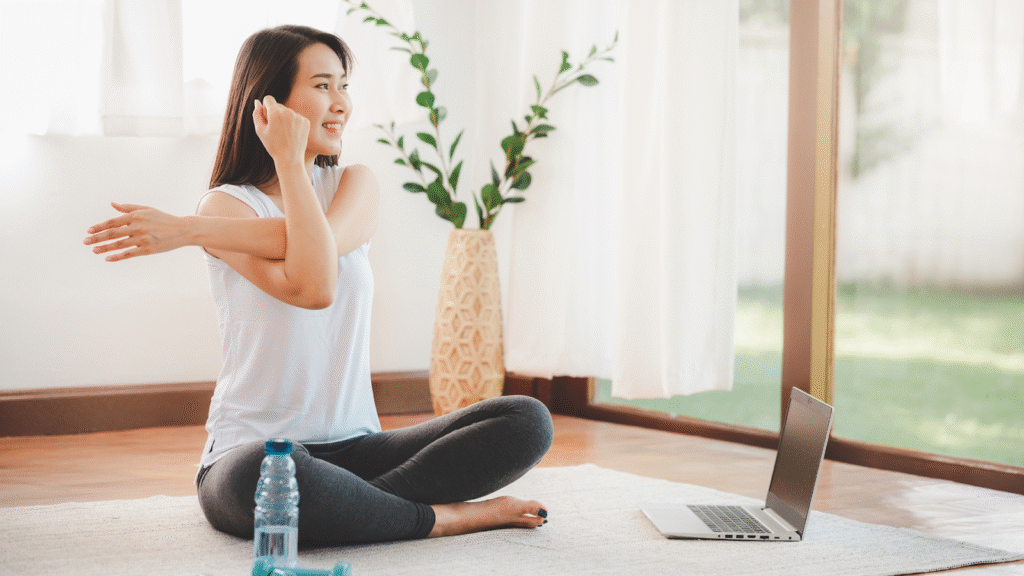Finding time and energy to exercise can be particularly challenging for many, especially after long workdays. Traditional gym workouts often feel daunting, particularly for those managing busy schedules or physical limitations. Fortunately, low-impact home exercises present an effective solution for enhancing fitness without the need for high-impact movements or expensive memberships.
Low-impact exercises allow individuals to build strength, improve cardiovascular health, and reduce stress while exercising at home. This approach is especially appealing for those concerned about joint strain, as it emphasizes movements that minimize impact while still delivering significant health benefits.
Understanding the Benefits of Low-Impact Exercises
Low-impact workouts are characterized by movements that do not put excessive stress on the joints. Activities such as swimming, cycling, and gentle floor exercises can effectively elevate heart rates and enhance overall fitness without the risk of injury associated with high-impact routines. These exercises enable longer workout durations and require less recovery time, making them suitable for individuals of all ages and fitness levels.
The cardiovascular benefits of low-impact exercises are considerable. Controlled movements, such as those performed on a mini trampoline or using resistance bands, can improve circulation and endurance. These workouts also provide mental health advantages, as they naturally reduce cortisol levels and promote the release of endorphins, which can enhance mood and alleviate stress.
Equipment Essentials for Effective Home Workouts
To achieve maximum results from low-impact exercises at home, a few essential pieces of equipment can be beneficial. A mini trampoline, for instance, provides an excellent means of engaging in cardiovascular workouts while also strengthening the core and legs without stressing the joints.
Resistance bands are another versatile tool, perfect for strength training and rehabilitation exercises. They are compact and offer a range of resistance levels to suit various fitness abilities. A quality yoga mat can also enhance comfort and stability during floor routines.
For those seeking more advanced options, stability balls and adjustable dumbbells can facilitate progressive strength training. However, budget-friendly alternatives can also be effective. Water bottles can serve as light weights, while towels can function as sliders for core exercises. Stairs can be utilized for step-ups and calf raises, demonstrating that creativity can often substitute for costly equipment.
The beauty of low-impact exercises is their adaptability. They can cater to specific needs, such as balance training for older adults. Balance exercises, including standing on one foot or heel-to-toe walking, are crucial for preventing falls and enhancing coordination as individuals age.
Incorporating structured progression into a fitness routine can further enhance the benefits of low-impact exercises. For example, during the first four weeks, individuals can focus on mastering fundamental movements like modified push-ups and gentle stretches for 10 to 15 minutes each session. This foundational phase establishes consistency.
As individuals progress to weeks five through eight, they can increase session lengths to 20 to 30 minutes and introduce resistance bands. The final phase, weeks nine to twelve, can involve advanced conditioning techniques, such as integrating Pilates or barre workouts to maintain engagement and challenge the body.
In conclusion, low-impact home exercises present an excellent opportunity for individuals seeking sustainable fitness solutions without the burden of joint stress or gym commitments. With the right approach and minimal equipment, anyone can embark on a fitness journey that promotes health and well-being. As emphasized by fitness experts like Alexia from Research Snipers, these gentle yet effective routines illustrate that staying fit is accessible, regardless of physical limitations or busy lifestyles.







































































